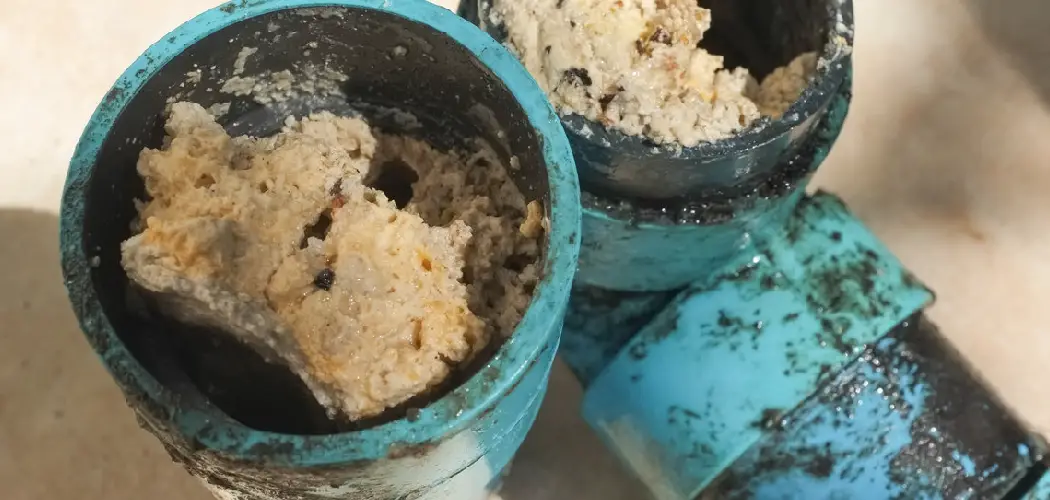Understanding how to unclog grease in pipes is essential for maintaining a functional plumbing system in your home. This article aims to guide you through various methods for effectively removing grease buildup, ranging from simple natural remedies to more advanced professional solutions.
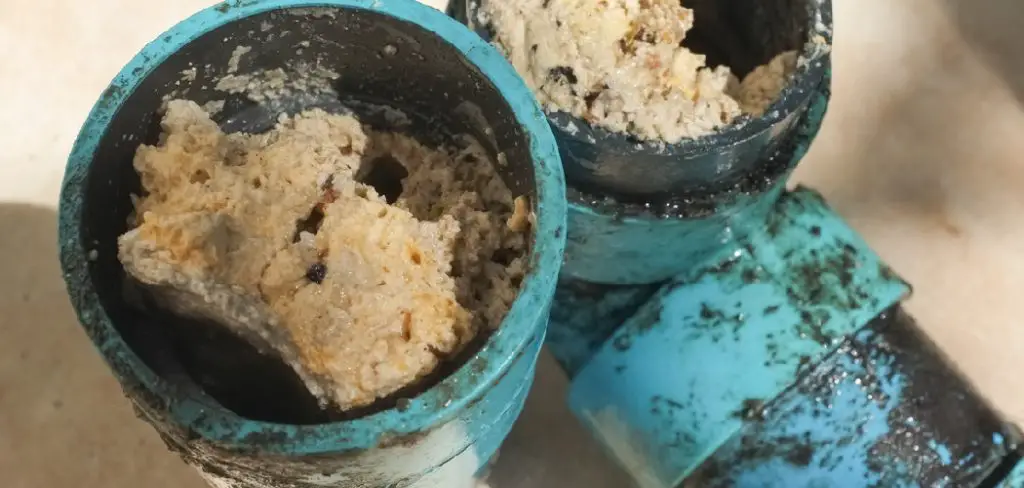
Grease buildup commonly occurs when cooking oil, fat, and other fatty substances are poured down the drain, leading to blockages that can disrupt water flow. In this guide, we’ll explore techniques such as using boiling water and dish soap, mechanical methods like plunging and snake tools, and preventive measures to help you avoid future issues.
By the end of the article, you will understand how to tackle grease clogs and keep your pipes running smoothly.
Understanding the Problem: Grease in Pipes
How Grease Clogs Form
Grease clogs form primarily when cooking oil, fats, and other fatty substances are poured down the drain. As these substances cool, they solidify and adhere to the inner walls of the pipes. Over time, this buildup can accumulate, reducing the diameter of the pipe and significantly restricting or completely blocking water flow. The more grease that collects, the more difficult it becomes for water and waste to pass through, leading to frustrating plumbing issues.
Signs of a Grease Clog
Recognizing the signs of a grease clog is crucial for timely intervention. Homeowners may notice slow-draining water as it struggles to pass through the constricted pipes. Other indicators include gurgling noises emanating from the sink, foul odors resulting from stagnant water and decaying matter, and frequent clogs in the kitchen sink, disrupting daily activities. Identifying these signs early can help address the clog before it escalates into a more severe plumbing problem.
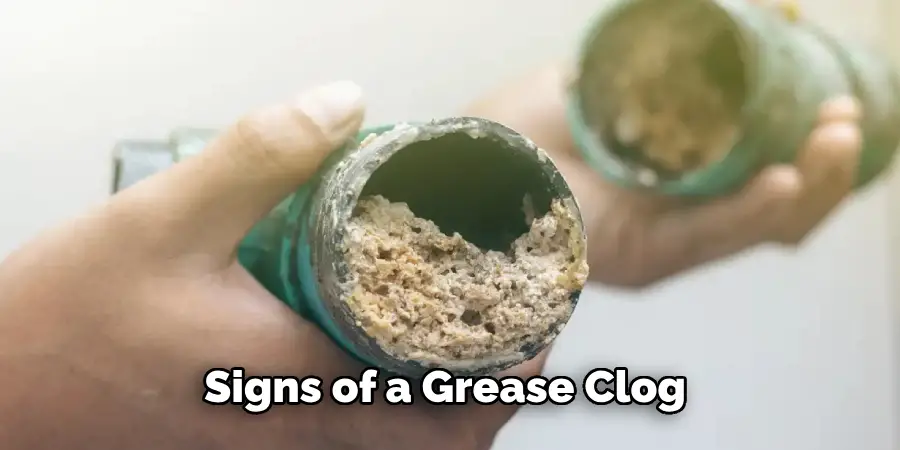
How to Unclog Grease in Pipes: Boiling Water and Dish Soap
Step 1: Prepare the Boiling Water
To begin, boil a large pot of water. High temperatures are essential for effectively dissolving the grease clog that is causing the blockage. As the water reaches boiling point, mix in a generous amount of grease-cutting dish soap, which will help to break down the grease’s viscosity. The combination of boiling water and dish soap works synergistically to loosen the buildup and prepare it for removal. Avoid soap products not specifically designed for grease removal, as these may not be as effective in addressing the clog.
Step 2: Pour the Solution
Once the boiling water and dish soap mixture are ready, approach the drain carefully. Pour the solution slowly down the drain in stages, allowing it time to work on breaking down the grease. It’s important to give the mixture a moment to penetrate the clog and dissolve the accumulated grease. If the clog doesn’t clear on your first attempt, don’t be discouraged; simply repeat the process until the water drains smoothly. Patience is key, as some stubborn clogs may require multiple fully-clear applications.
Step 3: Flush with Hot Water
After successfully clearing the grease clog, it’s essential to flush the pipes. Run hot tap water for several minutes to remove any remaining grease and soap residue completely. This final step helps maintain a clear drain and prevents future buildup, keeping your plumbing system in optimal condition. Regular flushing with hot water can serve as a preventive measure, helping to keep the pipes clear of any residual grease that might otherwise lead to additional clogs.
Baking Soda and Vinegar
Step 1: Apply Baking Soda
To begin, pour approximately 1 cup of baking soda down the clogged drain. Baking soda possesses mild abrasive properties that can assist in breaking down grease. Once the baking soda is in the drain, let it sit for several minutes. This brief waiting period allows the baking soda to penetrate the clog and start loosening the grease buildup, setting the stage for the next step.
Step 2: Add Vinegar
Next, take 1 cup of white vinegar and slowly pour it down the drain. This step is crucial, as the vinegar reacts with the baking soda, resulting in a fizzing action that aids in dissolving the grease clog. It’s essential to allow the mixture to sit and work its magic for about 10-15 minutes before proceeding to the next step. During this time, the fizzing activity will help to break down the accumulated grease and other debris that may be contributing to the blockage.
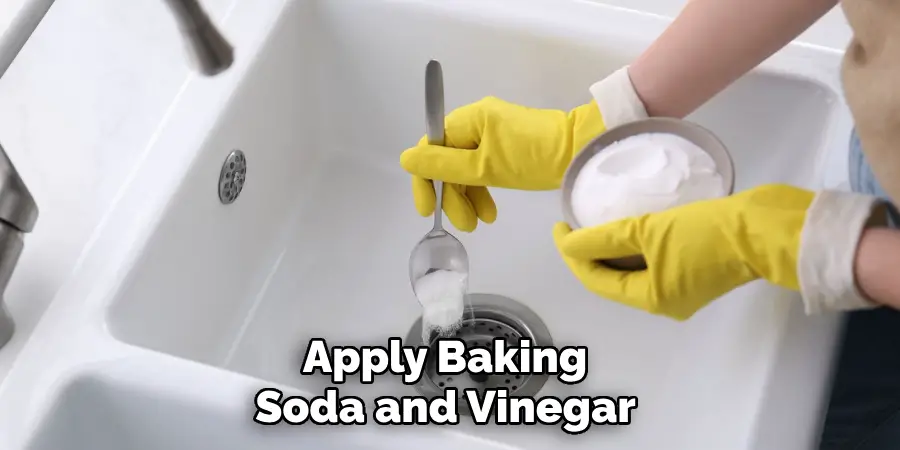
Step 3: Flush with Boiling Water
Once the fizzing action has subsided, take a pot of boiling water and pour it down the drain. This final step is designed to flush away the loosened grease and any remaining residue from the baking soda and vinegar mixture. If you find that the drain is still slow, don’t hesitate to repeat the process as needed. Following these steps, you can effectively clear the grease clog and restore proper drainage in your plumbing system. Regularly applying this method can also serve as a preventive measure to keep your pipes free from grease buildup.
Plunging and Drain Snake
Step 1: Plunge the Drain
If the clog is stubborn, try using a plunger. Begin by positioning the plunger over the drain to create a tight seal. With steady pressure, plunge vigorously for about 15-20 seconds, using both up and down motions. This action can help dislodge the grease clog by creating a forceful suction. After plunging, run water down the drain to see if the clog has cleared. If you still notice slow drainage, it’s best to proceed to the next step.
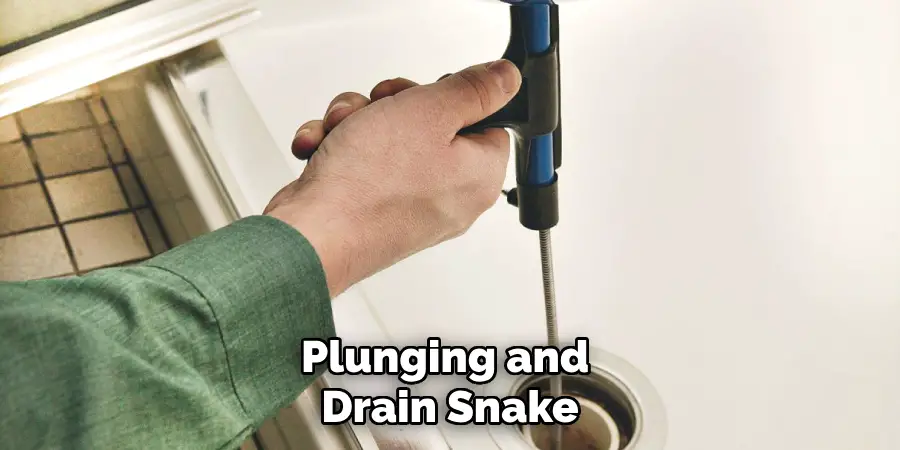
Step 2: Use a Drain Snake
Should plunging prove ineffective, the next approach is to employ a drain snake or auger. Insert the end of the snake into the drain, carefully turning the handle to allow it to navigate through the pipe. As you push further, the snake should encounter the clog and begin to break up the grease. Once you feel resistance, slowly pull the snake back; this may retrieve chunks of debris, including grease. Clean any debris off the snake as you go, and if necessary, repeat the process until the drain is completely clear.
Step 3: Flush the Drain
After successfully using the drain snake, it’s important to flush the drain thoroughly with hot water. This step helps remove any residual grease or debris that may be left behind. Pour a pot of boiling water down the drain, allowing it to wash away anything that the snake dislodged. Finally, run the tap to ensure that water flows freely, confirming that the clog has been fully resolved. Regular maintenance with this method can significantly reduce the likelihood of future grease clogs.
Using a Commercial Drain Cleaner
Select a Grease-Fighting Product
When dealing with persistent grease clogs, using a commercial drain cleaner specifically formulated for this purpose can be effective. Look for products containing enzymes or powerful chemicals designed to quickly break down grease and other organic material. Always research and choose reputable brands, as the quality of the product can significantly impact the results. Before purchasing, check reviews to ensure efficiency and safety.
Apply the Cleaner
Once you have selected a suitable cleaner, pour it into the drain as directed by the manufacturer. Most products will come with specific instructions regarding the amount to use and the pouring method. After application, allow the cleaner to sit for the recommended time to thoroughly dissolve the clog. Once the time has elapsed, flush the drain with hot water to help clear any remaining residue and verify that the grease has been effectively eliminated.
Preventive Measures to Avoid Future Clogs
Taking preventive measures can significantly reduce the likelihood of grease clogs in your plumbing system. One of the most effective strategies is to dispose of grease properly. Instead of pouring grease down the drain, always collect it in a container and let it solidify before discarding it in the trash. Additionally, make it a habit to wipe greasy pans and dishes with a paper towel prior to washing, which minimizes the amount of grease that enters your sink.
Regular maintenance practices are equally important. Flushing the kitchen sink with hot water mixed with a bit of dish soap on a weekly basis can help prevent grease from building up in the pipes. Furthermore, investing in a drain catcher or strainer can effectively block food particles and grease from entering the drain, ensuring that your plumbing remains clear and functional. By adopting these simple habits, you can maintain a healthy drainage system and avoid the hassle of clogs.
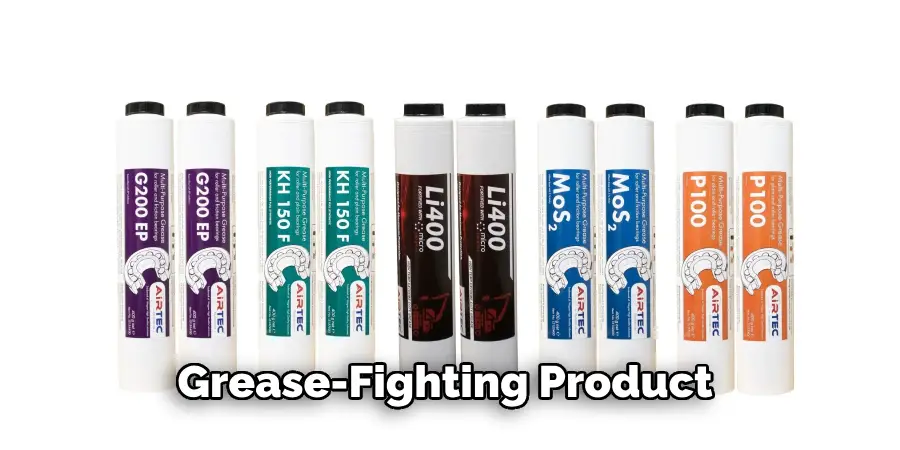
When to Call a Professional Plumber
Persistent Clogs
If home remedies and DIY methods fail to clear a stubborn clog, or if clogs occur frequently, it may be time to consult a professional plumber. Continuous issues can indicate a deeper problem in the plumbing system. Seeking expert assistance not only helps to resolve persistent clogs but also prevents potential plumbing damage that could lead to costly repairs down the line.
Video Inspection
Professional plumbers have access to advanced tools, such as video inspection equipment, which allows them to diagnose severe grease clogs and other hidden blockages more accurately. This technique enables them to visually assess the condition of the pipes, identifying underlying issues that might be contributing to ongoing drainage problems. With this information, plumbers can provide effective solutions tailored to your specific plumbing needs, ensuring that your system functions efficiently and safely.
Conclusion
In summary, there are several effective methods for unclogging grease in pipes. Natural remedies like boiling water and dish soap can break down light grease buildup, while mechanical methods such as plunging and using a drain snake tackle more stubborn clogs. For persistent issues, commercial drain cleaners offer powerful solutions designed to dissolve grease quickly.
However, prevention is key; dispose of grease responsibly and maintain your plumbing by regularly flushing your drains with hot water. Addressing grease clogs promptly is crucial to prevent larger blockages and potential damage to your plumbing system.
Remember, knowing how to unclog grease in pipes can save you time, money, and unnecessary headaches in the long run. Stay vigilant with your maintenance practices to enjoy a trouble-free drainage system.

